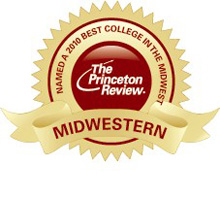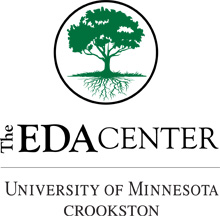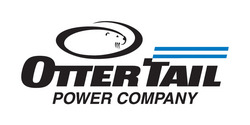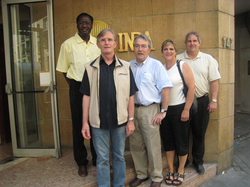 Crookston, Minn. - The University of Minnesota, Crookston is one of the best colleges and universities in the Midwest according to The Princeton Review. The education services company selected the school as one of 158 institutions it profiles in its "Best in the Midwest" section of its Web site feature 2010 Best Colleges: Region by Region that posted July 27, 2009.
Crookston, Minn. - The University of Minnesota, Crookston is one of the best colleges and universities in the Midwest according to The Princeton Review. The education services company selected the school as one of 158 institutions it profiles in its "Best in the Midwest" section of its Web site feature 2010 Best Colleges: Region by Region that posted July 27, 2009. The U of M, Crookston, with its applied learning and rich technology, received the designation "Best in the Midwest" based on survey data submitted by the campus and student opinion data. Student comments are included as part of a profile on each institution compiled by PrincetonReview.com.
"Our faculty and staff work hard to provide students with an exceptional experience on the Crookston campus," said Chancellor Charles H. Casey. "Our efforts to educate students as global citizens and attract a diverse student population to the campus, along with our extensive experience as a laptop university, have proven a great benefit to our students."
The 158 colleges The Princeton Review chose for this year's "Best in the Midwest" designations are located in twelve states: Iowa, Illinois, Indiana, Kansas, Michigan, Missouri, Minnesota, Nebraska, North Dakota, Ohio, South Dakota, and Wisconsin. The Princeton Review also designated 218 colleges in the Northeast, 123 in the West, and 141 in the Southeast as best in their locales on the company's 2010 Best Colleges: Region by Region section on its site. The 640 colleges named "regional best(s)" represent only about 25% (one out of four) of the nation's 2,500 four-year colleges.
The Princeton Review is known for its tutoring and classroom test preparation courses, books, and college and graduate school admission services. To learn more, visit the Web site located at www.PrincetonReview.com.
Today the University of Minnesota, Crookston delivers more than 25 applied-science undergraduate degree programs and 50 concentrations, including several online degrees, in agriculture; arts, humanities and social sciences; business; math, science and technology; and natural resources. To learn more, visit www.UMCrookston.edu.
Contact: Andrew Svec, director of communications, 218-281-8438 (asvec@umn.edu)






